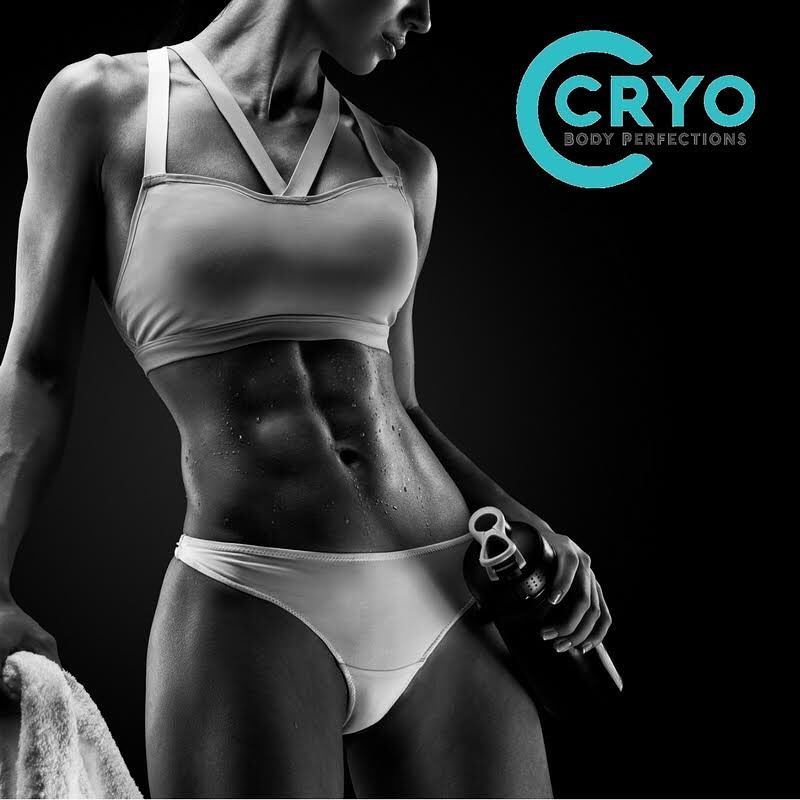The Science that Inspired Cool Sculpting
By: Katharine Benelli Coggeshall, Provided by Cryo Body Perfections
Cool Sculpting is the body contouring phenomenon sweeping the nation. Known as the newest, most effective, and non-invasive aesthetic option for smoothing unwanted bulges of fat, Cool Sculpting is the go-to option for men and women alike.
Although freezing your fat may sound too good to be true, it is based on sound science and medical observations. Cryolipolysis is the term most often used when referring to modern-day fat freezing (e.g., Cool Sculpting), but back
in the 1970s, it was popsicle panniculitis that started the concept of targeted fat freezing.
In 1970, Epstein and Oren1 first reported a case of popsicle panniculitis in an infant, and in 1976, Rajkumar et al.2 found similar results in cheeks from the sucking of cold objects. These foundational studies, which were incidental observations that could be explained by science, laid the groundwork for targeted fat freezing.
If sucking on a cold object, like a popsicle could destroy fat cells in the cheek, leaving an indentation, without permanently damaging the skin or tissue, perhaps this methodology could be applied to other parts of the body. And so, the premise of Cool Sculpting was born.
Fat freezing is ideal for specific fat tissue–submental fat that lies just under the skin. For example, the fat that can be pinched on an abdomen is ideal for freezing as compared to the fat deep within the abdominal cavity (visceral fat).
More fibrous submental fat, like that found in the thighs and below the buttocks, appears to respond slightly differently to cryolipolysis, but results have still been found using the current Cool Sculpting techniques. This is the reason, however, that Cool Sculpting was initially approved for the abdomen and approved much later for more fibrous areas.
A great deal of research toward techniques, methods, and implementation of Cool Sculpting have led to safe and effective treatments for the general public.3 Both male and female patients spanning a large age range are ideal candidates for the quick procedure.
However, the simplicity of the concept has led to some mishaps when individuals lacking a medical degree or certification take it upon themselves to perform at-home cryolipolysis. The use of dry ice is strongly discouraged, as it can cause severe burns to the skin.
Cool Sculpting is able to achieve such below-freezing temperatures safely because it employs a thin barrier between the applicator and the skin and because the technique cycles the temperature up and down throughout the procedure. This is not easily replicated at home.
Technique adjustments were made when researching how to treat more fibrous fat tissue (e.g., saddle bags) that could not fit well with the contoured vacuum applicators on the market at the time. Practitioners learned to double the time exposure (from 60 minutes to 120 minutes) to the cold temperature in lieu of a vacuum applicator. Results were achieved.
Cool Sculpting may seem like magic, but it is based on sound science and research. The consumer can feel confident in the technique; however, they should also be realistic about the results. Cryolipolysis is not a weight loss method, rather it is a body contouring method. A patient will not be losing pounds, instead, they will lose a small amount of fat cells in a targeted location.
In summary, Cool Sculpting is a safe, reliable method for reducing fat bulges in many locations of the body.
-
Epstein, E. H., Jr; Oren, M. E. “Popsicle Panniculitis.” N. Engl. J. Med. 1970Apr 23; 282(17):966-7.
-
Rajkumar, S. V., Laude, T. A., Russo, R. M., Gururaj, V. J. “Popsiclepanniculitis of the cheeks. A diagnostic entity caused by sucking on cold objects.” Clin. Pediatr. (Phila.) 1976 Jul; 15(7):619-21.
-
Lipner, S. R. “Cryolipolysis for the treatment of submental fat: Review of the literature.” J. Cosmet. Dermatol. Jan, 17, 2018.
-
Adjadj, L, SidAhmed-Mezi, M., Mondoloni, M., Meningaud, J. P., Hersant, B. “Assessment of the Efficacy of Cryolipolysis on Saddlebags: A Prospective Study of 53 Patients.” Plast. Reconstr. Surg. 2017 Jul; 140(1):50-57.

For more information visit:
www.cryobp.com
956.627.1231
www.facebook.com/cryobp





Recent Comments